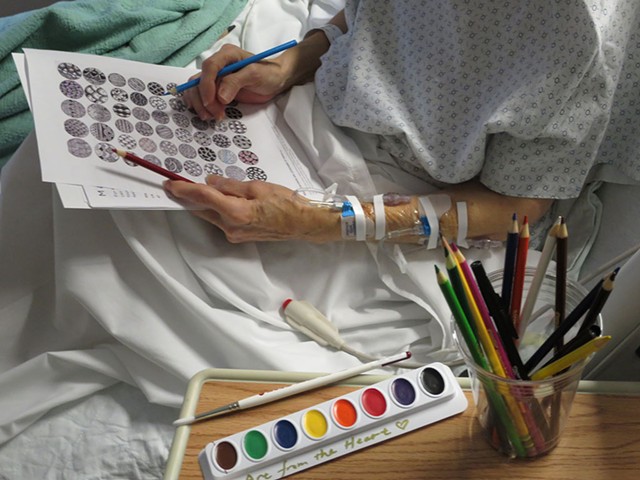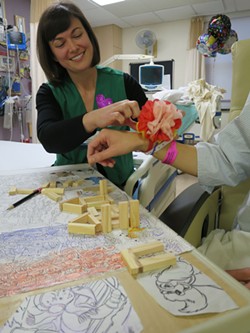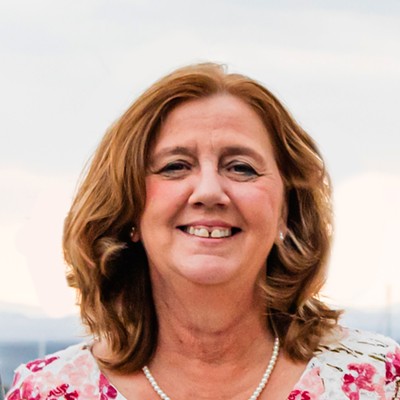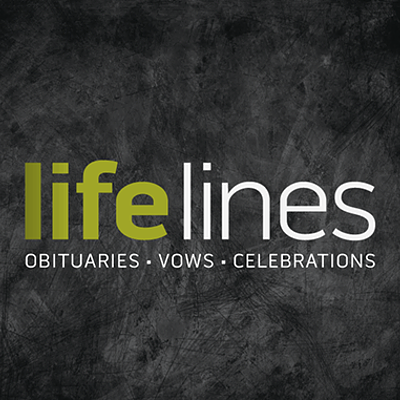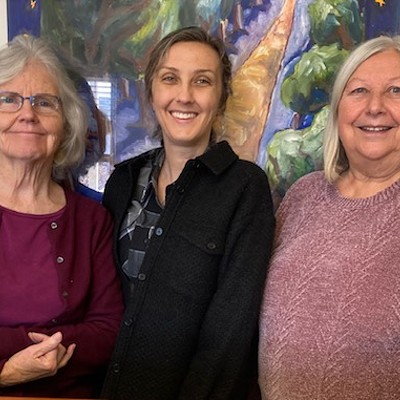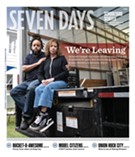Published January 20, 2016 at 10:00 a.m. | Updated January 20, 2016 at 10:22 a.m.
The original print version of this article was headlined "Where the (He)art Is"
More By This Author
About the Artist

Matthew Thorsen
Bio:
Matthew Thorsen was a photographer for Seven Days 1995-2018. Read all about his life and work here.
Matthew Thorsen was a photographer for Seven Days 1995-2018. Read all about his life and work here.
Speaking of...
-

A Burlington 5-Year-Old Sold Potholders, Gave $100 to Hospital Art Program
Feb 14, 2024 -

New Study Documents the Economic Impact of Vermont’s Arts Sector
Jan 19, 2024 -

How to Protect Your Vision While Viewing the Eclipse
Jan 17, 2024 -

Boys Wonder: Montpelier High School Students Dig Into What It Means to Be a Man
Jan 17, 2024 -

Taking Care: Community Nurses Help Fill Vermont’s Health Care Gaps
Jan 17, 2024 - More »
Comments
Comments are closed.
From 2014-2020, Seven Days allowed readers to comment on all stories posted on our website. While we've appreciated the suggestions and insights, right now Seven Days is prioritizing our core mission — producing high-quality, responsible local journalism — over moderating online debates between readers.
To criticize, correct or praise our reporting, please send us a letter to the editor or send us a tip. We’ll check it out and report the results.
Online comments may return when we have better tech tools for managing them. Thanks for reading.


































